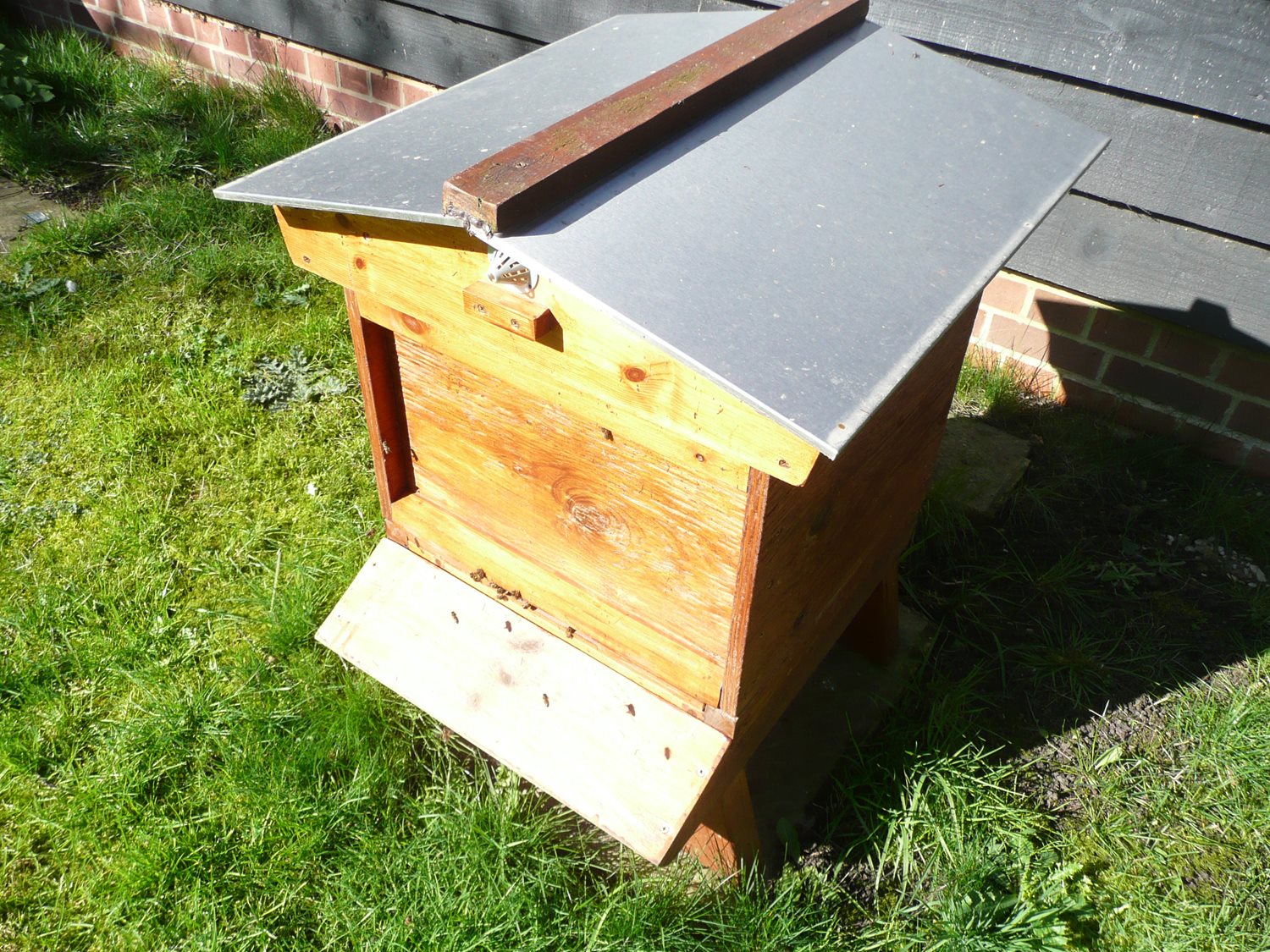Bee Blog - April 2020
“It was the worst of times it was the best of times”.
Monday March the 16th was the worst of times when in the late afternoon the Government suggested that we avoid non essential travel, avoid visiting pubs, clubs and theatres and for at risk groups suggested that they stay at home for 12 weeks to combat the coronavirus. Quite a shock to normal life.
Monday March the 16th was the best of times when the day dawned with a clear blue sky and quickly warmed up to about 14 degC. I decided to take a morning walk along the Oxfordshire Way, near my house, and within 100 meters of my house came across a very noisy tree. It was buzzing with a sound as loud as a lawn mower. It was in full blossom and covered in honey bees, probably my honey bees.
I had been waiting for such a warm day to open up my hives and carry out my first inspection of the year. Regular readers will know that it is generally recommended that hives are not opened up until the temperature reaches 16 degC so that no eggs and developing brood are damaged by the reduced temperature of the brood nest when the beekeeper removes the cover. In the sheltered south facing position where my hives are located however this temperature was reached by the middle of the day so I decided to open up the hives.
The first inspection is always a worrying time for the beekeeper. Several questions are uppermost in the beekeepers mind. Have the bees survived the winter. Do the bees still have adequate supplies of food. Is the queen still alive and is the colony growing.
I already thought that my three colonies had all survived the winter as I had been observing flying bees for several weeks. On opening up the hives all the news was good. The first noticeable thing was the number of bees. Far more bees than I had expected at this early stage in the year. In all three hives there were bees in abundance not the small cluster that I had expected.
I started removing frames one by one from the outer edge of each hive and was pleasantly relieved to find that all hives still had a good supply of honey from last year on which the bees could still feed. As I moved into the body of the hive I was even more pleased to fine many cells filled with this years nectar, more good news. The good news continued in all of the hives. Moving closer into the middle of the hives I could see brood in all stages, new lava and capped brood. This could only mean one thing. I had queens in all hives and they were all laying and expanding the colonies.
I had suspected that, given the problems of last year, there was probably a new, unmarked, queen in every hive. It is extremely useful to the beekeeper to have the queen marked. It makes it much easier to find and manage the queen throughout the year. When numbers increase into the thousands of bees, spotting and unmarked queen on a frame full of active bees is a very difficult task, even a marked queen can be difficult to spot.
From the point of view of finding the three queens for marking now, I had hoped that numbers would not be as large as they had turned out to be. However the very good news was that I managed to find and mark the queens from two of the three hives. I marked them with a green dot, last years colour. I went through the third hive twice but could not find the queen there. A few days later I went through the third hive again and on the third frame I looked at there was the queen. I caught her, marked her, again with a green dot, and returned her to the hive.
As the month progressed the restrictions placed on people increased with travel only allowed if it was strictly necessary. No such restrictions on the bees. Spring is here the sun is shining the flowers are out and the bees are very active, travelling without restrictions.
I wonder how long before we are allowed that type of freedom again.
